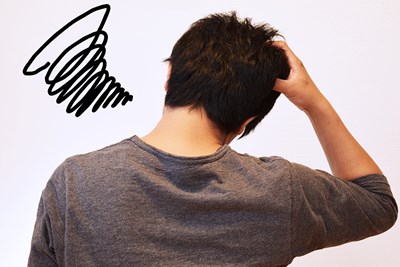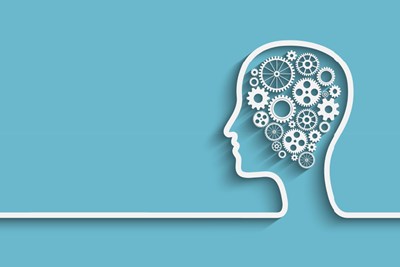Schizoaffective disorder is both a psychotic disorder and a mood disorder. In addition to meeting the diagnostic criteria for schizophrenia, the patient must also meet the diagnostic criteria for either major depressive disorder or bipolar disorder.
Because of this dual nature, it can be easy to misunderstand—and misdiagnose—schizoaffective disorder. However, appropriate diagnosis is essential for appropriate treatment of the condition. Here is a look at some common schizoaffective disorder treatments.
Individualization
Schizoaffective disorder has a tendency to be a controversial subject among psychologists, as some believe it’s important to treat the psychosis portion of the disorder first and foremost, while others believe the mood disorder needs primary treatment.
In any case, treatment can be difficult, as there is no straight and simple method of prescribed treatment. Between the five types of schizophrenia and two different potential mood disorders that can combine to form schizoaffective disorder, every client is different—which means every treatment plan has to be individualized as well.
Schizoaffective Disorder Medication
Prescription medication can be very effective for some schizoaffective patients. There are a variety of medications that may be useful, but it can take some work to figure out which one is appropriate for which people. Sometimes, a combination of the appropriate drugs may be necessary.
Antipsychotics may be used for the schizophrenia-type symptoms: delusions, hallucinations, and other psychotic symptoms may be controlled with these. Medication for the mood disorder symptoms depends upon the specific mood disorder.
For depressive type schizoaffective disorder, antidepressants may be able to alleviate the despondency associated with major depression. Mood stabilizers, such as lithium, are often used to help manage bipolar disorder, by balancing the extreme highs that come with manic episodes and extreme lows that can occur when depressive episodes are also present. A combination of an antipsychotic and lithium is often a successful choice when symptoms of mania are present.
Psychotherapy
Counseling and therapy requires a more individualized approach than finding the right medications to help manage symptoms. These patients often require a great deal of patience on the part of the practitioner, as there can be a great deal of unpredictability in folks dealing with schizoaffective disorder.
Cognitive behavioral therapy (CBT) is one of the more effective psychotherapy theories for patients with schizoaffective disorder. CBT focuses on learning how to change the negative thoughts and behaviors of the mood disorder symptoms, and also includes therapy that teaches new methods of coping with psychotic symptoms that remain unaffected by medication.
One of the most important aspects of schizoaffective disorder therapy is including the individual’s family and learning how to manage the social aspect of life in order to avoid isolation. Learning how to manage the tasks of daily living and treatment for any substance abuse may also be included in a psychotherapy plan.



